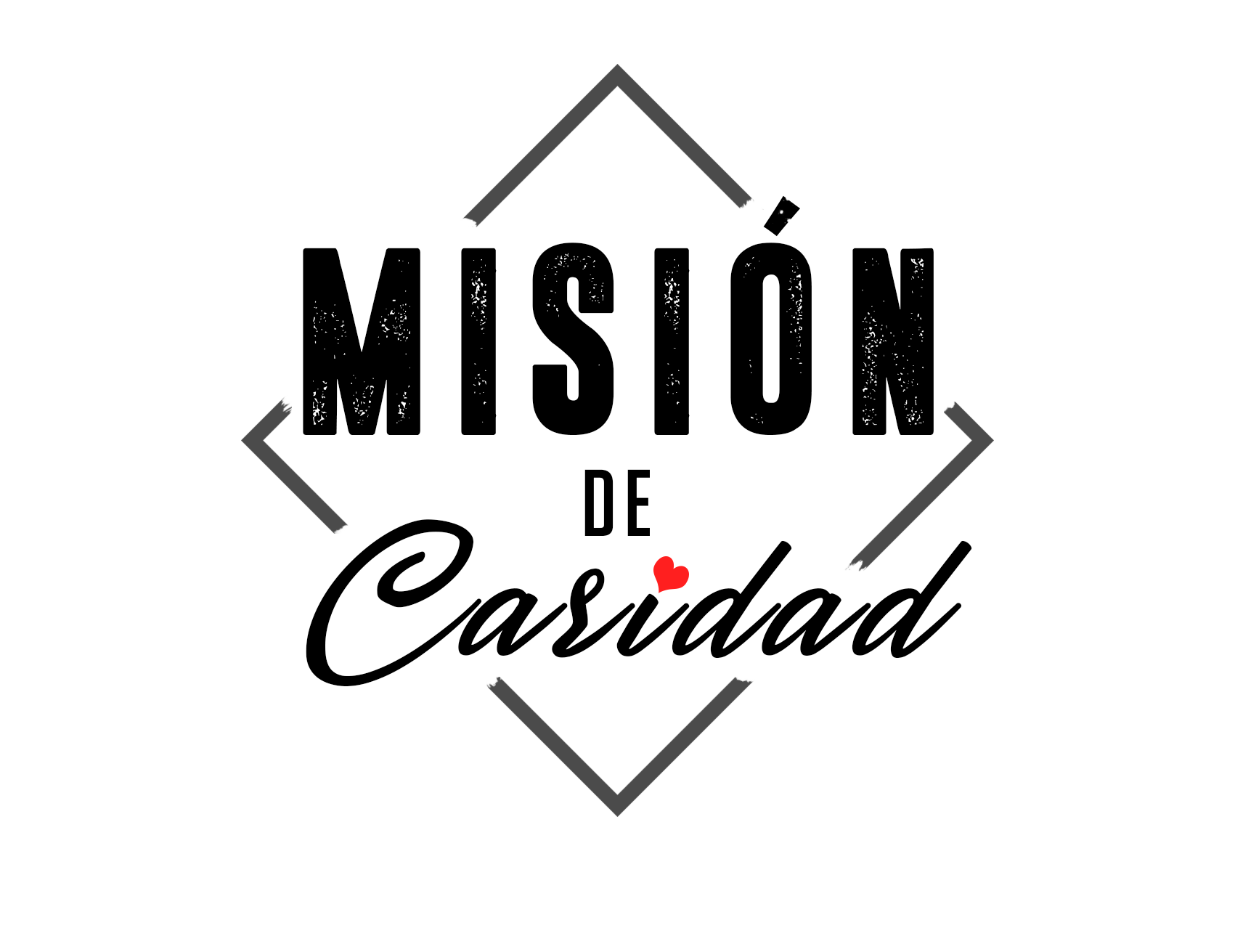What is the Difference Between a Refugee, an Asylum Seeker, and a Migrant?
Although the terms are often used interchangeably, ‘refugee’, ‘asylum seeker’, and ‘migrant’ have different meanings that greatly influence the outcome of one’s journey to the U.S.
Who is a refugee?
International law states that a refugee is someone who cannot return to their home nation because of persecution or a well-founded fear of persecution due to “race, religion, nationality, membership in a particular social group, or political opinion.” People who meet these criteria cannot be forced to return to their home country. Each year, the U.S. sets a quota for the number of refugees from around the world it will accept. Under U.S. law, refugees are people who meet the definition of refugee but are not at the border of the U.S. or already living in the U.S.
While some of the people Misión de Caridad (MdC) serves meet the definition of a refugee, they would be classified by the U.S. government as asylum seekers because they have reached the border of the U.S.
Who is an asylum seeker?
Asylum seekers are similar to refugees, but they have already reached the border of the U.S. or are living in the U.S. In order to be granted asylum, they must meet the legal definition of a refugee. ‘Asylum seeker’ refers to someone who is seeking, but has not yet been granted, asylum. After someone receives asylum in the U.S. they are called an asylee.
The United States Customs and Immigration Services conducts “credible fear screenings” to determine whether asylum seekers have a well-founded fear of persecution due to race, religion, nationality, membership in a particular social group, or political opinion. Asylum seekers then go before a judge who determines whether they will be granted asylum or deported. These hearings are notoriously difficult to pass. In 2020, only 26% of applicants were granted asylum.
Many of the people MdC serves come to the U.S. border as asylum seekers fleeing violence or persecution in their country of origin. We give them food, water, and shelter as they prepare to continue their journey to the U.S. to claim asylum.
Who is a migrant?
Migrants are people who leave their homes but do not fit the legal definition of a refugee. Many migrants are unable to receive asylum in the U.S. because they do not meet the narrow legal definition of a refugee, which leaves out people fleeing poverty or natural disasters. As the economic situation in Central American nations deteriorates and the frequency of devastating hurricanes increases, more and more of the migrants at the U.S. border are unable to receive asylum despite great need.
MdC serves many migrants who leave behind poverty in search of a better life. For those unable to reach the U.S, we provide skills training to help them learn how to be self-sufficient in Mexico, partnering with them as they build new lives.
So which group does Misión de Caridad assist?
At MdC we are committed to serving all women and children regardless of the labels of refugee, asylum seeker, or migrant. We strive for a world in which all women and children can live with dignity, with the means to meet their basic needs which include, food, housing, education, health, and safety.
Want more? Read about our multi-prong approach to what’s happening at the border.
Wondering what our team has been doing on the ground? Check out or recent Smiles + Screening event and our weekly Feed-A-Family program.
Sources
Transactional Records Access Clearinghouse. (2020). “Asylum denial rates continue to climb.” Retrieved from https://trac.syr.edu/immigration/reports/630/
Office of Immigration Statistics. (2020). “2019 Refugee and Asylees Annual Flow Report.” Retrieved from https://www.dhs.gov/sites/default/files/publications/immigration-statistics/yearbook/2019/refugee_and_asylee_2019.pdf
United Nations High Commissioner for Refugees. (2010). “Convention and protocol relating to the status of refugees” Retrieved from https://www.unhcr.org/en-us/3b66c2aa10
United States Customs and Imigration Services. (2015). “Questions and Answers: Credible Fear Screening.” Retrieved from https://www.uscis.gov/humanitarian/refugees-and-asylum/asylum/questions-and-answers-credible-fear-screening
Micah tells stories from MdC’s work in Mexico with writing and images. He is from Lexington MA and is studying at Washington University in Saint Louis. He works with MdC’s online and social media teams.




